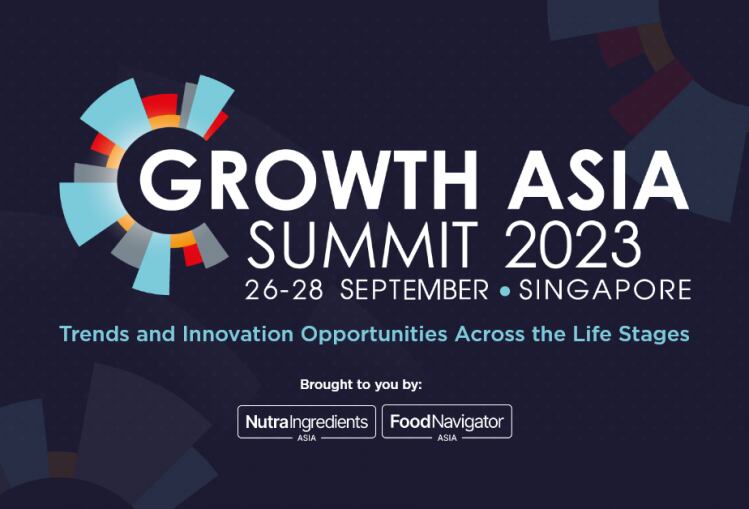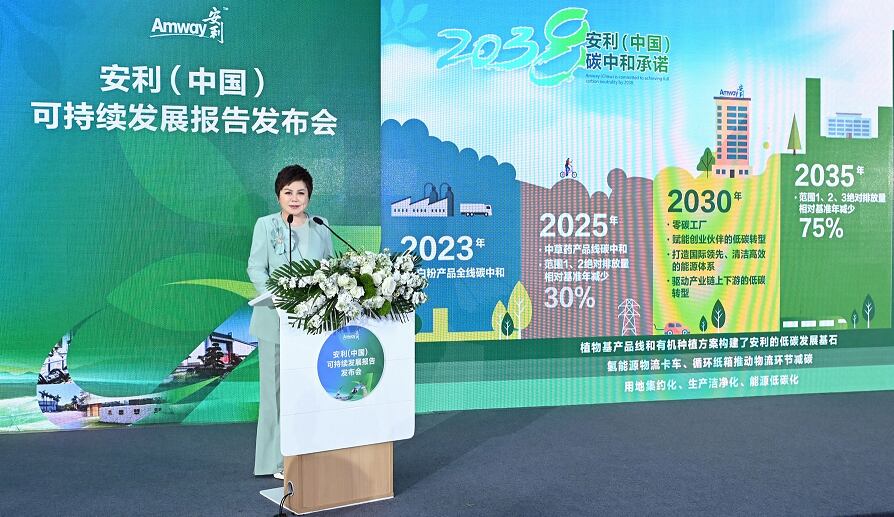This was the opinion of an expert panel comprising Master Kong Beverages Director Junfeng Che, Hosen Capital Founding Partner Chris Wang and Ventech China Managing Partner Curt Ferguson, which convened at the recent Food and Beverage Innovation Forum (FBIF) in Shenzhen, China recently.
According to the panel, in addition to many international brands hoping to penetrate the local market to gain access to this large consumer base, there have also been many domestic food and beverage brands emerging over the past decade with aspirations of becoming the next big name in the industry – but all too often dreams are not always on par with reality.
“The thing that businesses need to realise here in China is that China is in some ways a ‘trap’ – it is actually very easy to launch and build brands here in this market and the opportunities are immense, but at the same time, it is not always sustainable to maintain those brands,” Ferguson, an industry veteran with over 38 years of experience in Coca-Cola, told the floor.
“All too often a lot of emphasis is focused wholly on the brand, but in fact there can be no brand without the presence of a sustainable business model.
“This includes aspects such as building a base of operations and networks, the ability to resupply to keep stock up to meet consumer demands, and other practical aspects of a business being able to thrive and survive challenges.
“Many brands also feel look to go overseas with what they have built here, but the thing is that sometimes the model that has been established is okay from a China supply for China perspective, but not for exports as there are other aspects to consider and all too often this can be a dangerous trap in itself if not planned thoroughly.”
Che concurred and added that consumers today are looking beyond just product branding but also more concrete evidence that the product they are purchasing is of value to them.
“Over the past few years, many things have not changed here in China such as our stable economic development and progress – but what has changed is consumer perception and expectations, with many of them now approaching their food and beverage consumption with a much more scientific and practical outlook,” Che said.
“This means that they are looking for much more information before making their purchase, including looking online, and they are also very keen to share their own information and experiences after making the purchase.
“All of this leads to consumers that are now much more sophisticated in their decision making process than before, and companies need to live up to those expectations.”
Of cost hikes and innovation
As one of the largest beverage manufacturers in China, Master Kong found its production and supply chain costs rising substantially after the COVID-19 pandemic due to inflationary pressures on things like petrol and sugar.
“The inflationary pressures have been a major problem for us as we saw supply chain costs rising, yet have to meet our budgeting on things like sugar,” Che said.
“The best way forward we found has been the use of digitalisation to manage these costs better, to optimise ingredient input and minimise waste, as well as integrate important aspects such as green technologies.”
Wang highlighted that it is also becoming increasingly important for food and beverage firms to target innovation and messaging accurately.
“For instance, China has been moving towards becoming an ageing society over the past few years, which is a challenge for the country but also the basis of developing new ideas and product innovations to target this group,” he said.
“And to get these innovations out to more people, it will also fall to the respective brands in the market to build trust and gain respect amongst these increasingly aware consumers, and not just wait for them to come to you.
“It is also not an option for companies to just to stick to what they have been doing all along even if they see that these are not performing quite so well and hope to wait it out – the fact is that in this market, if a company does not innovate, it is likely to find itself sacrificed from the industry.”





